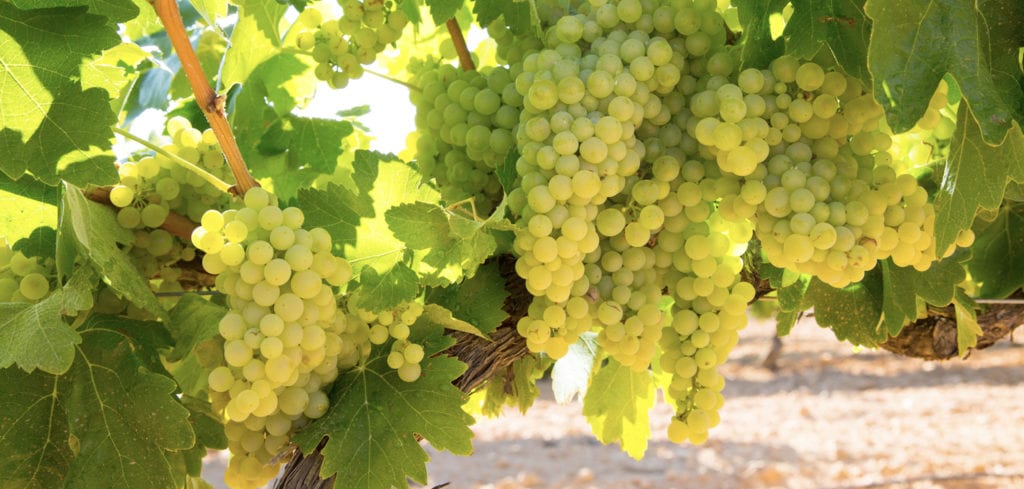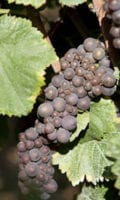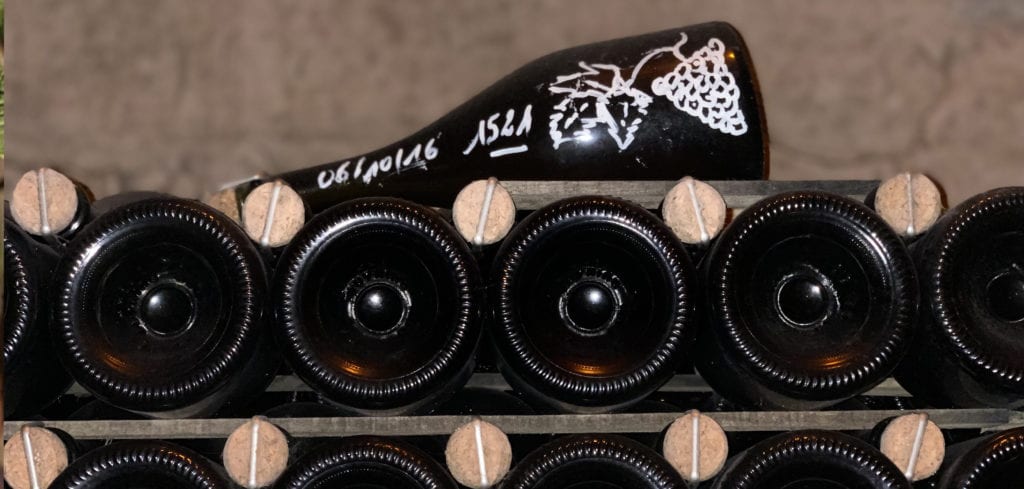
Rosé champagne, a champagne with many faces. Rosé champagne came into vogue in the 90s and has since secured a firm place in the varied range of Champagne wines with its quality and taste. Most major brands offer rosé champagne and many consider it the „trendy champagne" par se. There are 3 different production methods for rosé champagne: by adding red wine during the "assemblage", the "maceration method" and "rosé de pressée".
What we are actually all aware of is that even the juice of blue berries is clear or colourless, not blue or red. The red colouring of a red wine is created during the fermentation of the grape juice through contact with the grape skins. The destemmed red berries are macerated for 24 to 72 hours before pressing, depending on the vintage, to obtain the desired colour. During this process, the colour pigments are released from the skins and white grape juice becomes red wine.
This complex and expensive process must be closely monitored and is known as maceration (from Latin macerare: 'to wear down', 'to make mellow', 'to leach out'). Particularly high-quality rosé champagnes are made in this way, a small part of the Pinot Noir or Pinot Meunier grape skins remains in contact with the must during fermentation. Experts recognise those "Rosé de Saignée" champagnes by their significantly stronger bouquet; they harmonise very well with dishes that rather require a light red wine, such as a Burgundy. During the process, other components are released from the berry skins and the grape seeds, especially phenols and tannins, which have a decisive influence on the sensory characteristics of the later base wines.
The simplest and frequently used variant to produce rosé champagne is the blending of white and red Champagne base wines through an "assemblage". The taste of the Champagne changes slightly as a result and usually becomes somewhat fruitier and fuller-bodied. Red wines from Champagne are only produced in very good vintages and are also offered in small quantities as still wines.
A third method produces the "Rosé de Pressée", but is rarely used anymore. This method goes back to the Champagne production at the end of the 18th to the beginning of the 19th century. In the case of "Rosé de Pressée" Champagne, the grapes are only lightly pressed and then immediately fermented for a short while before the must is separated. The result is a delicate pink colour.
Because of its colour, the taste of rosé champagne is automatically associated with high fruitiness. However, these wines possess a range of flavours, depending on the different production methods and the endless possibilities with grape varieties, terroirs and philosophies of the winemakers. Outstanding champagnes with the taste of a classic cuvée, plus zero dosage, are the amazing result. Particularly fruity champagnes result from single-varietal "Rosé de Saignée", produced in a maceration process, with a high proportion of, or pure Pinot Noir.









